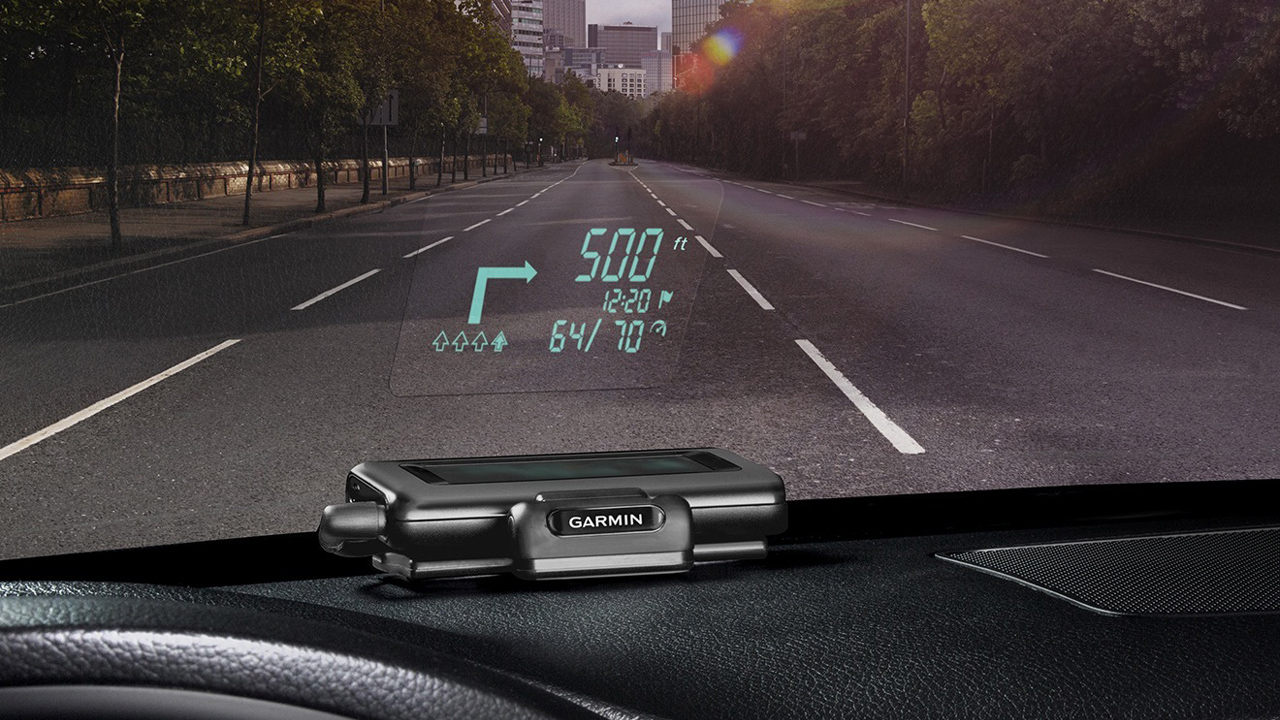Why a commercial GNSS test bed could help to deal with GPS spoofing
Defeating Elliot Carver…

In the 1997 Bond movie Tomorrow Never Dies, the evil media mogul Elliot Carver gets hold of a GPS encoder and uses it to send false signals, causing a British warship to stray without permission into Chinese territorial waters.
You can rely on Bond movies to recruit the very latest leading edge technology for their plots – even if the crime itself goes back to legends of Cornish wreckers luring ships onto rocks by night with false lamp signals. While the wreckers' aim was to salvage precious cargo, Elliot Carver's wicked plan was to boost his TV ratings by launching a Sino-British war.
Spoofing concerns
Seventeen years on, and there is growing concern that similar "spoofed" signals, apparently from a Global Navigation Satellite System (GNSS), could indeed be used for criminal purposes.
Back in 2013, a group from the University of Texas demonstrated how a false GPS signal generator could override a luxury yacht's navigation computers as it travelled from Monaco to Rhodes in the Mediterranean. First an alarm reported that the ship had wandered off course and the computers re-plotted the supposedly "correct" course based on false signals. There was no secondary warning to suggest that the new course was incorrect.
Professor Todd Humphreys who led the spoofing team said: "I didn't know, until we performed this experiment, just how possible it is to spoof a marine vessel and how difficult it is to detect this attack… With 90% of the world's freight moving across the seas and a great deal of the world's human transportation going across the skies, we have to gain a better understanding of the broader implications of GPS spoofing."
Those broader implications could include the critical role of GPS in providing highly accurate time data for cell phones, high speed trading systems, and other systems that use GPS signal for timing.
Why are GPS systems vulnerable?
GPS navigation devices have become so common – in cars, built into smartphones and in handy gadgets for rugged outdoor activities – that it is perhaps surprising to learn that they rely on very delicate measurements of extremely weak signals.
Sign up to the TechRadar Pro newsletter to get all the top news, opinion, features and guidance your business needs to succeed!
Even with around 30 satellites in orbit at about twenty thousand kilometres above the globe, the distance between any satellite and a GPS receiver is far greater than the distance to the nearest cell tower, while the satellite has to rely on solar power to generate its signals. The signal power can be thought of as being equivalent to a 40 Watt light bulb, and the signals reaching your GPS device are actually weaker than the background electronic, or thermal "noise". So how can the system possibly manage?
Part of the answer is that the GPS signals are, by digital data standards, lengthy pieces of code, and the receiver is specifically listening for those codes – just as you might recognise someone calling your name even across a crowded, noisy room. To achieve this, the receiver takes its time – again by digital data standards – while it searches for and acquires those faint satellite signals. This is why, when you switch on your sat-nav, you typically have to wait a few seconds for it to come to life.
Having taken time to identify the signals, the actual calculation of position relies on extremely accurate timing. Each satellite contains its own atomic clock keeping near perfect time that forms part of the signal transmitted – so the receiver gets a time signal that was "exact" when transmitted, but "slow" when received because of the time it takes for the signal to travel from satellite to receiver. The discrepancy between time signal and time of arrival provides a measure of the receiver's distance from the satellite.
It is actually even more difficult than that. Firstly the speed of light, and so of transmission, is slower as the atmosphere gets thicker towards the surface of the Earth, making the calculation a lot more complicated. Secondly the receiver does not have its own atomic clock on board, so cannot be totally accurate about the signal delay. To get round this problem, the system has to use the satellite time signals to reset its own internal clock at the same time as measuring those signals – effectively becoming the satellite's "slave clock".
What makes this possible is an element of redundancy: if you had perfect time in the receiver you could fix your location in 3D space with only three satellite signals; instead the system looks for four (or more) satellite signals to not only provide verification through redundancy, but this also allows for iterative time verification.
The miracle is not so much the miracle of human inventiveness, as the miracle that it actually works – in a relatively cheap handheld or wrist-worn gadget, what's more!